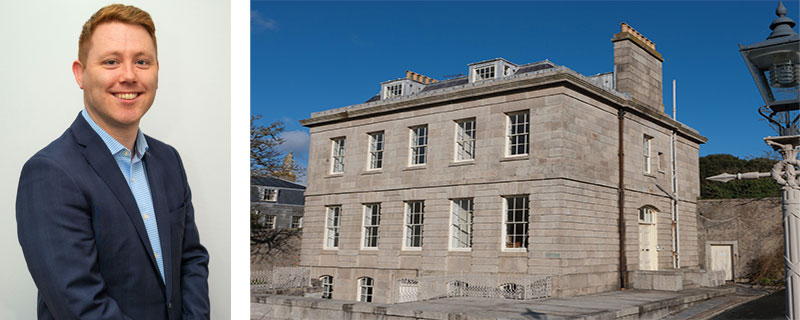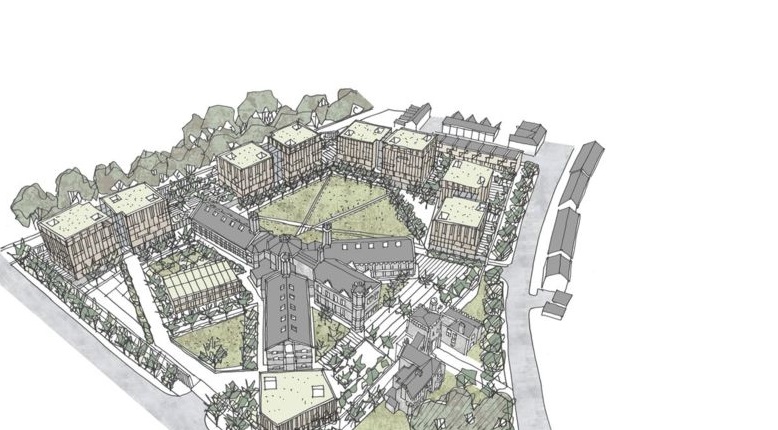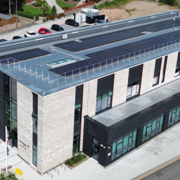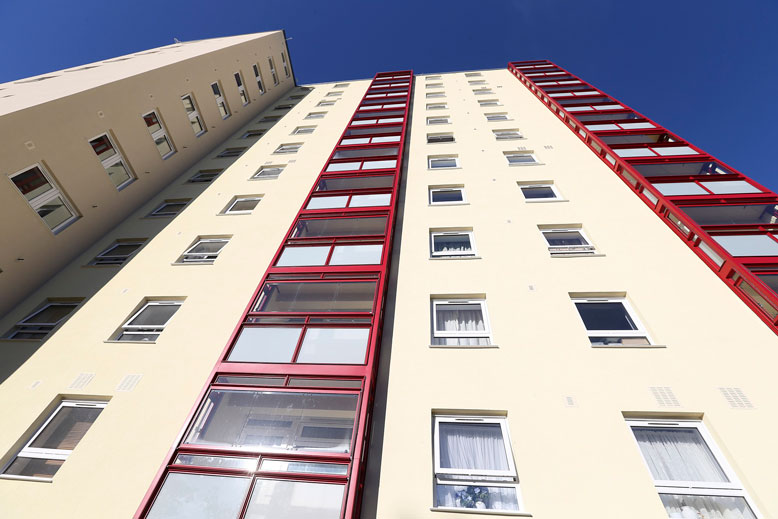We need to look at lifespans, not one-use buildings
Urban Splash commercial property conversion in Plymouth (image Urban Splash)
David Connacher, Marketing Manager at West Fraser, discusses the need to design and construct buildings that can be adapted and transformed
Across millennia, buildings have been altered to meet changing needs. Recent centuries have seen Georgian and Victorian houses become highly sought-after for their flexibility, enduring character and build quality. The potential of old factory and mill buildings has also been recognised with developers, such as Urban Splash, building their brands on converting such structures into state-of-the-art accommodation, retail and office spaces.
This transformative process succeeds due to a building’s adaptability and durability. It is a concept Sir Alexander John Gordon, a former president of the Royal Institute of British Architects, addressed more widely in 1971 when he argued for long life, loose fit, low energy buildings.
These holistic principles readily translate into today’s language of sustainability but, while low energy design has moved up the agenda, the concept of long life and loose fit is less evident. The notional lifespan of new homes is just 60 years*; the construction and demolition of some commercial and office buildings may occur in a timeframe of as little as 20 years. We cannot continue to design such one-use, short-lived buildings; we must consider lifespan. To do this, we must deconstruct the design process and create buildings adaptable to functions that may not initially be obvious.
Designers, cost consultants and clients should remember that it is easy to be seduced by the immediate gain of introducing systems and technology without considering the longer-term validity of these interventions. Poor material choices and over‐specification can result in a lack of flexibility and structures that are neither durable nor open to future adaptation.
Despite attitudes to buildings and spaces being shaken profoundly by the coronavirus pandemic, mindsets must shift. A room is just a room and could, in many buildings, be purposed in numerous ways: sitting room, bedroom, study, office, showroom, workplace, classroom, shop, gallery, studio.
CLICK HERE TO VISIT THE WEST FRASER WEBSITE
or for further infomation call 01786 812 921


















Leave a Reply
Want to join the discussion?Feel free to contribute!